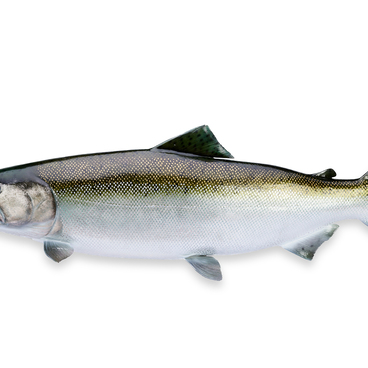The Evens made fur garments from whole reindeer skins, with the seams running across the chest. Their clothes were predominantly of the open type. On the back, below the waist, two triangular gussets were sewn in. To make the folds puffier, a strip of hard skin of bearded seal, a species of pinniped from the family of true seals, was sewn on the underside.
The garment would have a wide sewn-on band at the hem, with lavish ornamentation at the top and bottom. The sleeves were usually made narrow, often with mittens attached to them. For the hunter to free his hands quickly, the caftan had slits in the sleeves. The collar was traditionally round. A caftan was always made tight: its halves did not overlap, but were tied with leather straps. Depending on the season, a caftan was made of spring, summer or winter deer skins. Its length could reach the knees.
Men’s and women’s clothes were practically the same in cut. The latter was more richly decorated and ornamented. An important difference between the Even caftan and most Evenki ones was the presence of the so-called tail, i.e. a fur strip that hung down from the back; sometimes there were two such strips.
Even craftswomen created decorative patterns using a variety of techniques. They interwove leather strips of contrasting colors, put narrow straps through slits in the leather, created decorative stitches of white reindeer hair, combined decorative stitches of straps and reindeer hair from under the neck. Sometimes they adorned the leather with applique inserts, cut designs and fur mosaics, and embellished the garments with beadwork and embroidery.
Evens sewed clothes with sinew threads. Dressing, working and dyeing of hides was done manually. Festive clothes were richly decorated with beads. The peoples of the North, Siberia and the Far East got beads from Russians in exchange for fur.
The caftan from the
museum’s collection has an elongated back, the bottom of which was cut in a
semicircle. Under the caftan, which was called “tety”, a bib (nal) was worn to
cover the joint of non-overlapping sides. The set of clothes also included
shorts, gaiters, knee pads, shoes and a headdress. The complete set of
traditional Even clothing began to go out of use as early as at the end of the
19th century. However, some elements are still in use.





